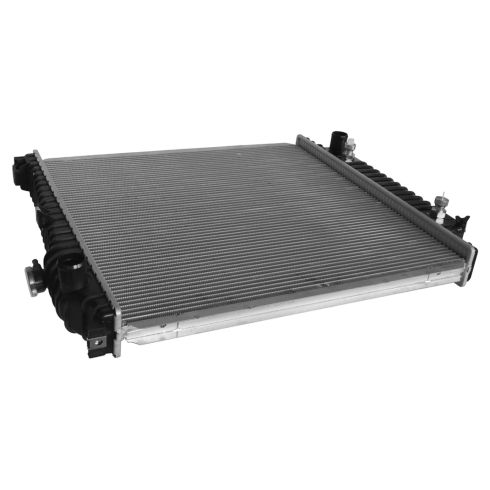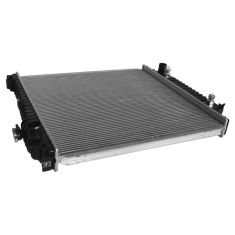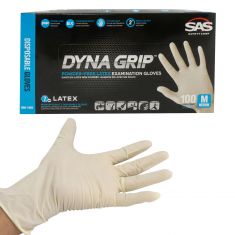1ARAD00949-Ford Mercury Radiator TRQ RDA82642

Replaces
2006 Ford Explorer Radiator TRQ RDA82642

Frequently bought together
Product Reviews
Loading reviews
4.70/ 5.0
10
10 reviews
Good but!
March 10, 2018
Good product, I will definitely buymore stuff for Bere BUT the radiator didnt fit 100% right... little small but it works!
Exact fit
September 14, 2018
Priced lower than I could get at local parts store and thats with the shop discount. Fit perfectly, shipping was fast and product was undamaged. Id have no concerns purchasing fragile parts in the future
Exactly what I ordered.
April 29, 2019
It was fast and exactly what we needed. Thank you. Will buy more from 1aauto!
Radiator
May 7, 2019
It was perfect fit thanks to 1aauto
Very very good
July 16, 2019
Very very good
September 20, 2019
Received product was in good shape had no Dance or scratches. After installing it had small leak I had to repair not worth taking out and resending back.
Happy 1A Auto Customer
November 10, 2019
I received the radiator sooner than I was expecting . It fit just fine and works like I was hoping it would.
I do Recommend 1A Auto, I have ordered several parts from here over a few years and have never been disappointed .
Prices are very reasonable , but I couldn't tell you about customer service as I have never had to contact them.
I will be dealing with 1A Indefinitly,
March 7, 2022
Worked perfectly
Just like OEM
July 19, 2023
Easy to install and fit just like the original.
Perfect fit
October 22, 2023
Arrived quickly, part fit perfect!
Customer Q&A
No questions have been asked about this item.
Ford is a registered trademark of Ford Motor Company. 1A Auto is not affiliated with or sponsored by Ford or Ford Motor Company.
See all trademarks.









